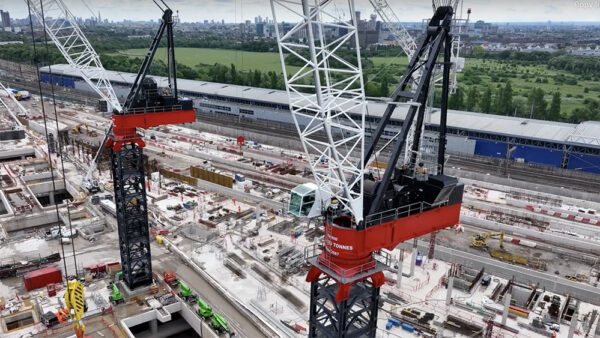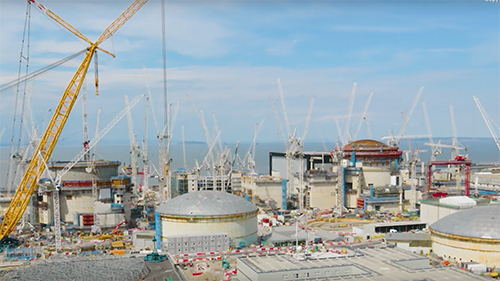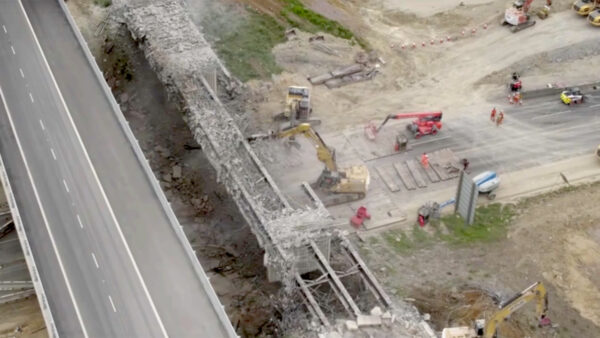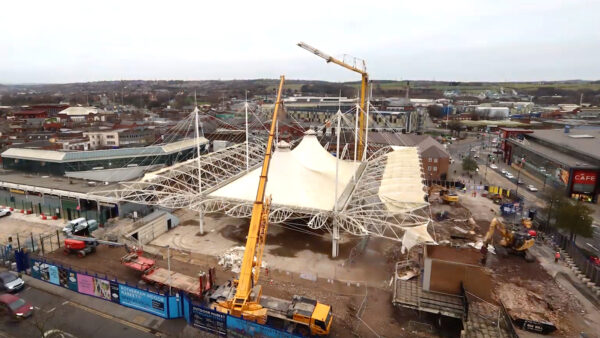Failings in drainage work alongside a section of railway line contributed to the derailment of a train that killed three people.
That is one of the conclusions of a Rail Accident Investigation Branch report, which examined the derailment of a passenger train at Carmont in Aberdeenshire on 12 August 2020.
Rain had fallen heavily on the day of the accident. The Aberdeen to Glasgow service was travelling back to Aberdeen following reports of a blockage on the line ahead.
The train was travelling at 73mph when it struck debris that had washed out of a drainage trench.
The trench had been built by Carillion for Network Rail between 2011 and 2012. It contained a perforated pipe, installed to address a known problem with drainage and the stability of a cutting in the area.
But the RAIB investigation found that Carillion had not constructed the drainage system and associated earthworks in accordance with the original design. As a result, the system could not cope with the water flows: a total of 51.5mm of rain fell in the area between 0600 and 0900 that day, close to the average rainfall in August in that part of Scotland.
The RAIB’s report said: “The most significant difference between the original design of the drainage system and the final installation was the construction of a bund running across the slope towards the railway and perpendicular to the 2011/12 drain. This bund, which was constructed outside Network Rail’s land, had the effect of diverting a large amount of water into a gully so that it all reached the drain at the same location, thereby increasing the propensity for washout of the gravel infill. RAIB found no evidence that the construction of the bund was notified to Network Rail or the designer.”
It found evidence of other changes Carillion had made to the design which were “probably not causal” but provided evidence of an absence of control of construction changes.
These included:
a) omission of the intended connection from the existing (pre-2010) drainage into the 2011/12 drain at catchpit number 18;
b) relocating catchpit 18;
c) the lack of geotextile lining to the trench (required to prevent fine soil particles entering the drain and clogging it up) in the area of the washout 02/2022;
d) cutting holes in the side of catchpits on site so that the holes were significantly larger than the pipes passing through them;
e) a bend in the pipe not coinciding with a catchpit (about one metre downslope of catchpit 18).
RAIB added that it found no evidence that any of these changes were referred to the designer for consideration.
Following the accident, the RAIB has made a total of 20 recommendations for improvement of railway safety, including better management of construction work by Network Rail and its contractors. It also called for better standards and guidance on the safe design of drainage systems.
Comments
Comments are closed.












Will their other works now be checked?